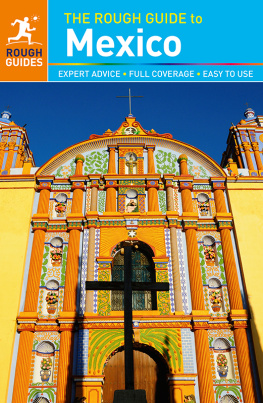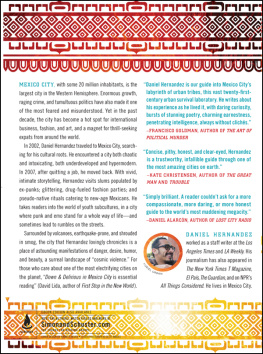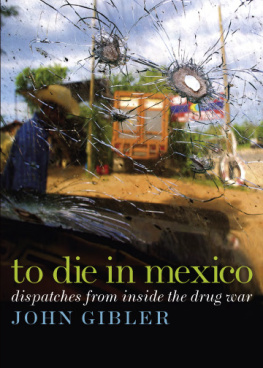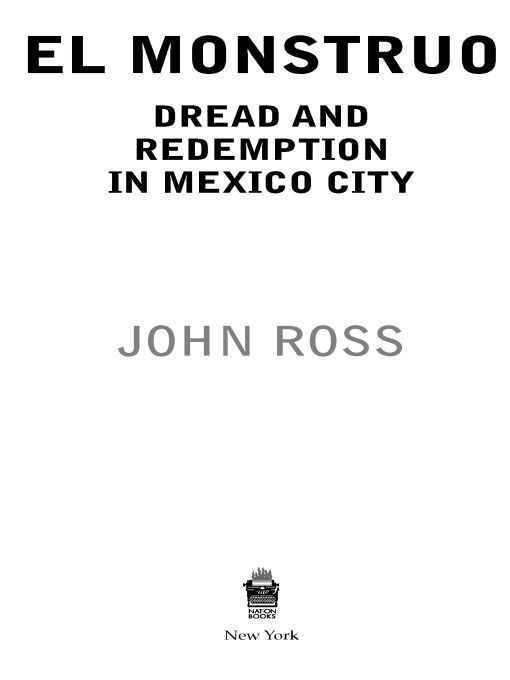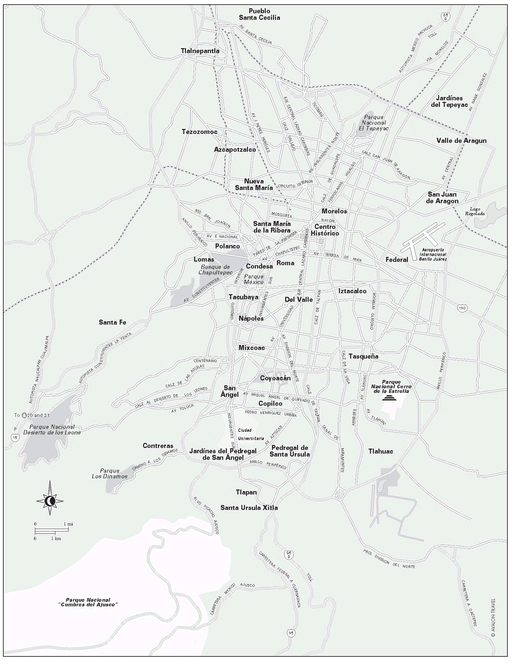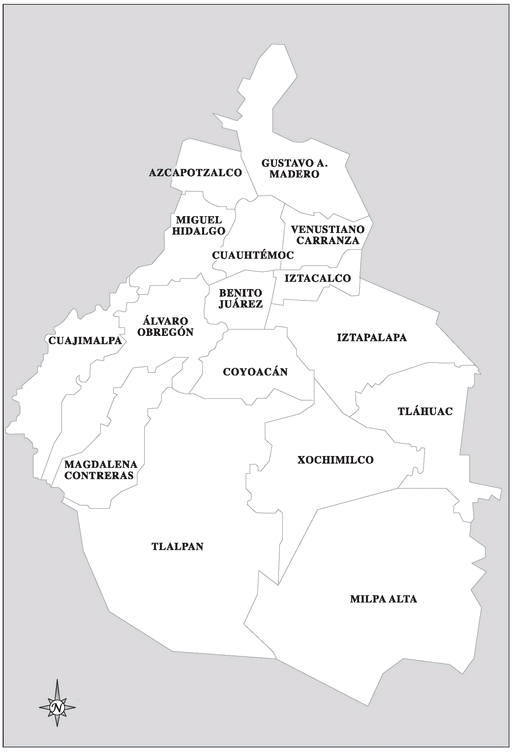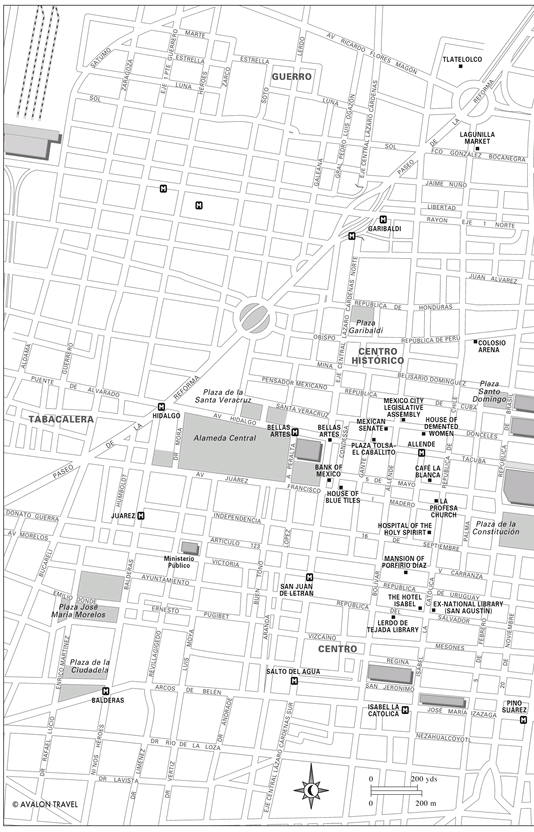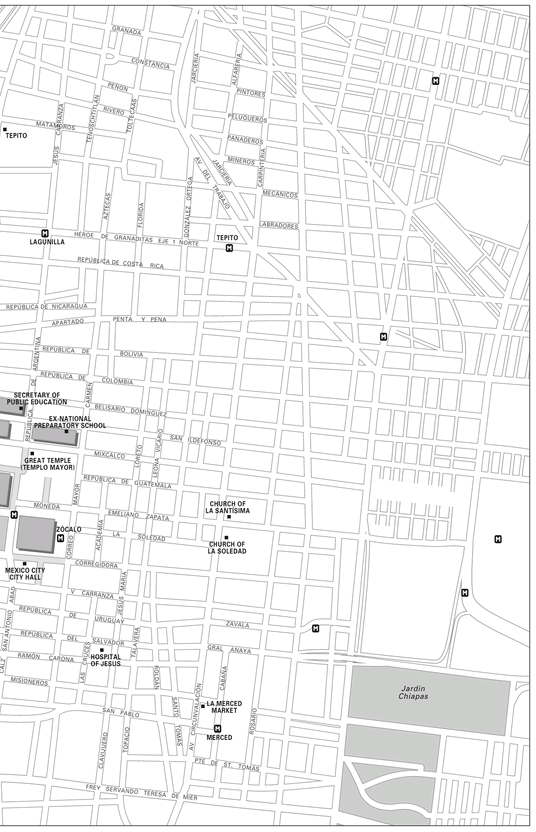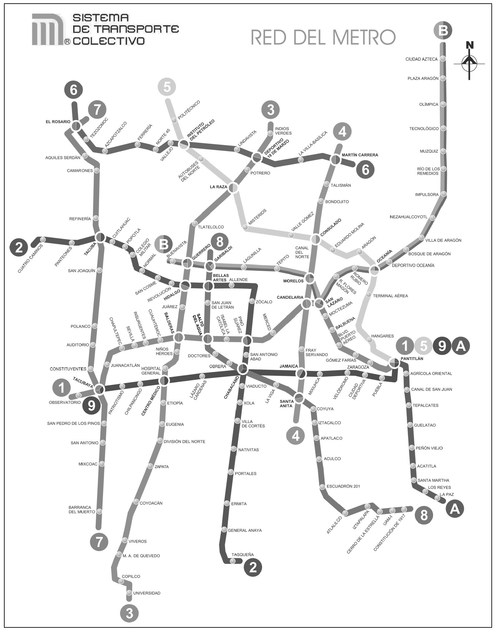Table of Contents
ALSO BY
JOHN ROSS
Rebellion from the Roots: Indian Uprising in Chiapas (1995)
In Focus Mexico: A Guide to People, Politics, and Culture (1996)
We Came to Play: Writings on Basketball (editor, with Q.R. Hand Jr.) (1996)
The Annexation of Mexico: From the Aztecs to the IMF (1998)
Tonatiuhs People: A Novel of the Mexican Cataclysm (1999)
The War Against Oblivion: Zapatista Chronicles (2002)
Murdered By Capitalism: A Memoir of 150 Years of Life & Death on the American Left (2005)
Zapatistas! Making Another World Possible: Chronicles of Resistance 2000-2006 (2006)
Iraqigirl: Diary of an Iraqi Teenager (conceived and edited with Elizabeth Wrigley-Field, 2009)
ANTHOLOGIZED IN
Nuclear California (1984) Fire in the Hearth (1990) Third World Ha Ha Ha (1995) The Zapatista Reader (2002) Puro Border (2003) Shock & Awe (2003) Voices of the U.S. Latino Experience (2008)
POETRY CHAPBOOKS
Jam (1974) 12 Songs of Love & Ecocide (1977) The Psoriasis of Heartbreak (1979) The Daily Planet (1981) Running Out of Coastlines (1983) Heading South (1986) Whose Bones (1990) JazzMexico (1996) Against Amnesia (2002) Bomba! (2007)
To the denizens of the Centro Histrico past and present whose iron-willed tenacity and inextinguishable resilience have kept this island afloat in the face of the most monstrous odds for parts of three millennia now.
The city received me with all the indifference of a great animalwithout a caress or even showing me its teeth.
ERNESTO GUEVARA, EL CHE
The city is not just a geographical or spatial place. It is an essential process of our lives and our history. The city is us and where we come from. To take back the space of the city is to recover for all of us a territory that transcribes our lives.
CUAUHTMOCCRDENAS, FIRST ELECTED MAYOROFMEXICO CITY
El Monstruo
The 16 Delegations of El Monstruo
El Centro Historico
El Metro (Subway Map of El Monstruo)
Mexico City Metro map used with the permission of the Sistema de Transporte Colectivo de la Ciudad de Mexico.
INTRODUCTION
WELCOME TO EL MONSTRUO
MURDER AT THE HOTEL ISABEL
It is a comfortable room, but drafty throughout the winter months in this mile-high city. I have considered buying an electric heater, but given the state of the wiring, even a small appliance could short- circuit this old hotel, so I make do with sweaters and long johns until the sun grows stronger and spring is upon us again.
Room 102 has grown considerably smaller since I moved in here a quarter of a century ago. True, the 16-foot ceiling has not noticeably dropped, but 102 is now so cluttered with piles of paper that it is difficult to navigate the floor space these days.
One whole wall is lined with five-foot-tall stacks of newspaper clippings. The clippings are largely uselessto get at the files near the bottom of the stacks, I have to deconstruct this jumble of yellowing newsprint. Actually, the last big earthquake (6.2) did the job for me, spilling the contents of these moribund archives a foot deep all over the fraying carpet.
Books, another hurdle, occupy the northwest corner of my cave, but in no particular order. I can never find the titles I am looking for, so I am always scouring the used bookstores down on Donceles Street for titles that I know I have already bought, and the volumes have taken over one of the twin beds where my lovers once slept. There is no room for new lovers now.
When curious visitors wonder why I have stayed in this creepy hotel with all my useless detritus for so many years, I patiently explain that I have become accustomed to the antique furniture that has grown old with me. Despite their great age, the twin beds are still quite firm. The generous cedarwood ropero or closet cabinet is positively Porfirian, dating back to the turn of the last century when this old casona (mansion) on the corner of Isabel la Catlica and Repblica de El Salvador was first converted into a hotel by its French owners. But the ropero, which is elegantly stamped with the Isabels initials fashioned in brass letters, is so stuffed with drafts of old manuscripts that I cant open a door or a drawer without inviting an avalanche.
In addition to the ropero, I share the space with a bureau of equal antiquity, a pair of writing desks strewn with the tools of my trade, and a dressing table where Irma Guadarrama used to sit to prepare for the day. I still see her lovely face in the large circular mirror.
Also living here are four tattered armchairs upholstered in brocade with carved, sturdy armrests that groan with age when one sits back on their arthritic springs, their legs as tottery as my own. Indeed, over the years, I have become another piece of hotel furniture.
I do not know who lived in this room before me. When I checked in a week after the great earthquake of 1985, the hotel was deserted and there were no clues, a business card or a forgotten article of clothing or an empty pill bottle, to inform me who the last tenant had been.
One reason Room 102 is so drafty is the large French windows that open onto a cracked balcony. In the winters, the cold air whooshes under the threshold or over the transoms of the splintered wooden doors (the panes are embossed with exquisite floral designs), and in the rainy season, the water pours in both above and below. I dont visit the balcony as much as I once did, ever since a foot-wide chunk of it cracked off the cornice to which it was attached and crashed to the sidewalk. Eliseo, the waiter in the restaurant one floor below, who has been here as long as I have, came running to dust off the startled pedestrians, but no one was seriously crushed.
When I first came here, I could sit for hours staring down the gargoyles and cherubim on the faade of the former National Library across the narrow street or conversing with that intrepid traveler Baron Alexander Von Humboldt, who stands tall in his stone greatcoat in the ex-librarys scrubby little garden. But as the old neighborhood began to heal itself from the earthquake, the bumper-to-bumper traffic on Isabel la Catlica Street became insufferable and I closed up the French windows and rarely visited the balcony.
Then one day, a young reporter from Guillotine Magazine dropped by and told me all about poor Wilfred Ewert, a onetime guest at this hotel, and what happened to him when he stepped out on his balcony on New Years Eve 1922-1923.









